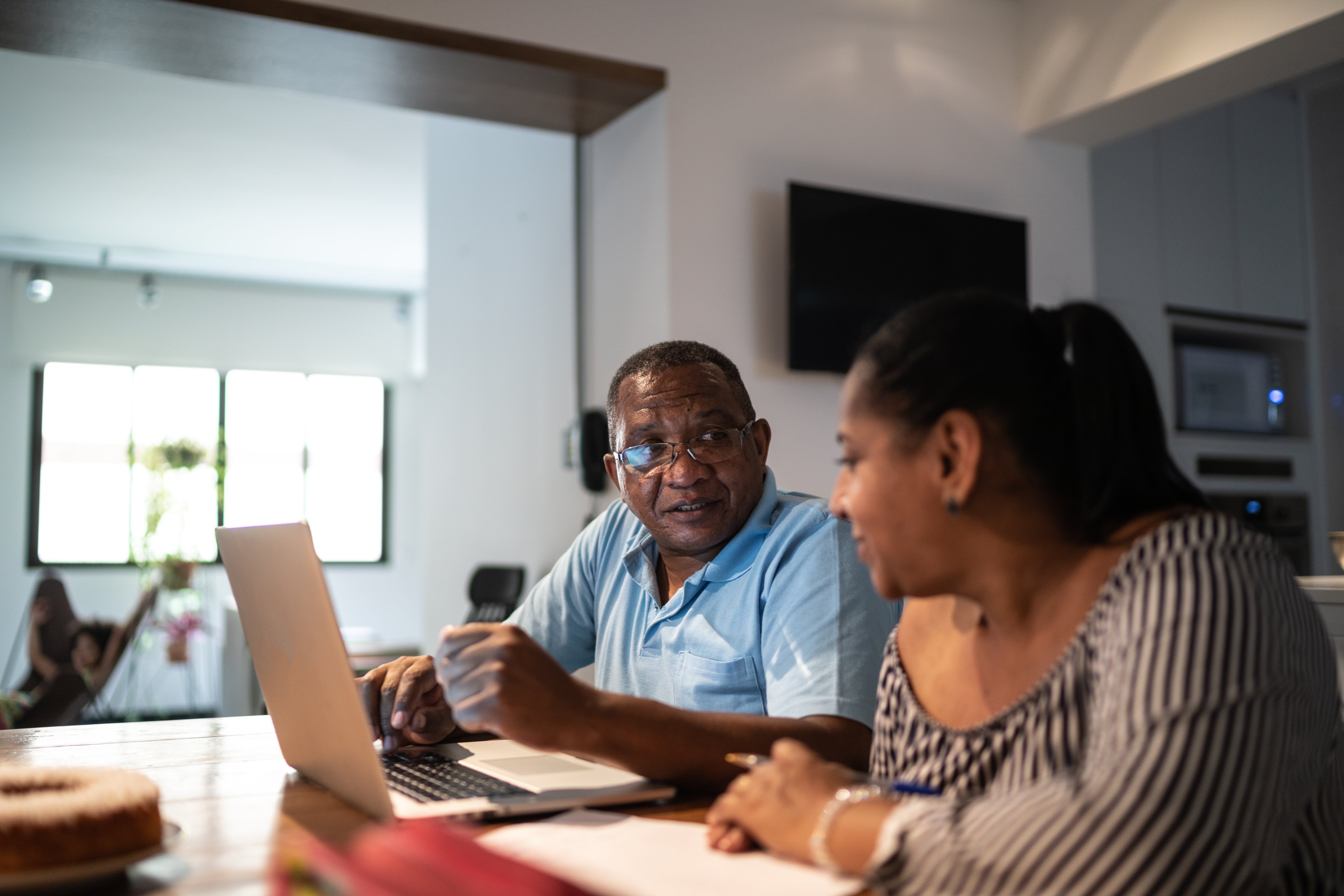Flexible spending accounts, or FSAs, offer workers a prime opportunity to save money by letting them use pre-tax dollars to pay for medical expenses. In 2018, employees with access to an FSA had the option to contribute up to $2,650, and if you opted to hit that max, you're hopefully well on your way to racking up that much in eligible expenses.
On the other hand, it's not uncommon for folks to overestimate their medical costs, and that's where FSA participants can run into trouble. The problem with FSAs is that they operate on a use-it-or-lose-it basis. This means that if you decide to contribute $2,000 to an FSA but only accrue $1,000 in eligible expenses within your plan year, you risk forfeiting the remaining $1,000. And that's clearly not ideal.

IMAGE SOURCE: GETTY IMAGES.
If you've yet to use up a chunk of your FSA at this point during the year, now's the time to start chipping away at that balance -- before you risk losing your money completely. Here are a few tips for spending down your FSA.
1. Accelerate some medical appointments
Maybe you were told to follow up with a specialist in January or February, and you know that appointment is apt to come with a sizable copay. Rather than wait until next year, you can try to schedule that visit for late 2018 so that you're able to apply that expense to this year's FSA balance. Also, remember that transportation to and from doctors' offices (including parking fees) is an FSA-eligible expense, which means you'll probably get a little something extra to claim there as well.
2. See the dentist
If it's been quite some time since your teeth got a good cleaning, why not schedule a dental appointment to get one? Standard dental services are covered under FSAs, and if you're covering the entire cost of that visit out of pocket (say, because you don't have dental insurance), that could be a substantial expense to apply to your FSA balance.
3. Update your eyeglasses
If you can't remember the last time you had your eyes checked, it's probably time for an exam and, quite possibly, a new pair of glasses to go with it. Prescription eyeglasses and sunglasses are FSA-eligible expenses, and that includes your frames of choice, so if there's a pricier pair you've been eyeing whose cost you couldn't justify, you might as well get them if the alternative is giving up part of your FSA balance.
4. Pre-order some prescriptions
If there's a medication you take regularly and you have FSA funds to deplete, see if your doctor and insurance provider will allow you to renew your prescription at the end of this year, as opposed to early next year. For example, if you're due for a new 90-day supply of a certain drug in early January, you might be able to refill it in late December instead and use your FSA balance to cover its copay.
5. Stock up on over-the-counter meds and supplies
It used to be the case that you could buy any sort of over-the-counter medication as an FSA-eligible expense. But the rules have since changed, and now, you actually need to go out and get a prescription if you want to use your FSA balance for certain medications (think run-of-the-mill allergy and pain pills). That said, there are certain over-the-counter meds and supplies that are FSA-eligible without a prescription. These include contact lens solution, bandages, sunscreen, reading glasses, first-aid kits, heating pads, and blood-pressure monitors, to name a few. If you're not sure whether an item you need is covered, you can access this list of FSA-eligible supplies.
The last thing you want to do is forfeit money you've allocated to your FSA, so if you're still sitting on a sizable balance, it's time to start using it up. That said, some FSAs do offer an extension of sorts where you'll either get to carry up to $500 of unused funds into the upcoming plan year, or you'll get an extra two and a half months to use up your unclaimed funds, thereby pushing your actual deadline into mid-March. Be sure to research your plan's options before rushing to spend more money in the next two months to use up your remaining balance.





